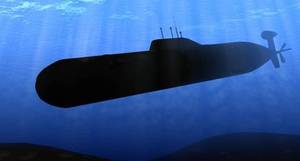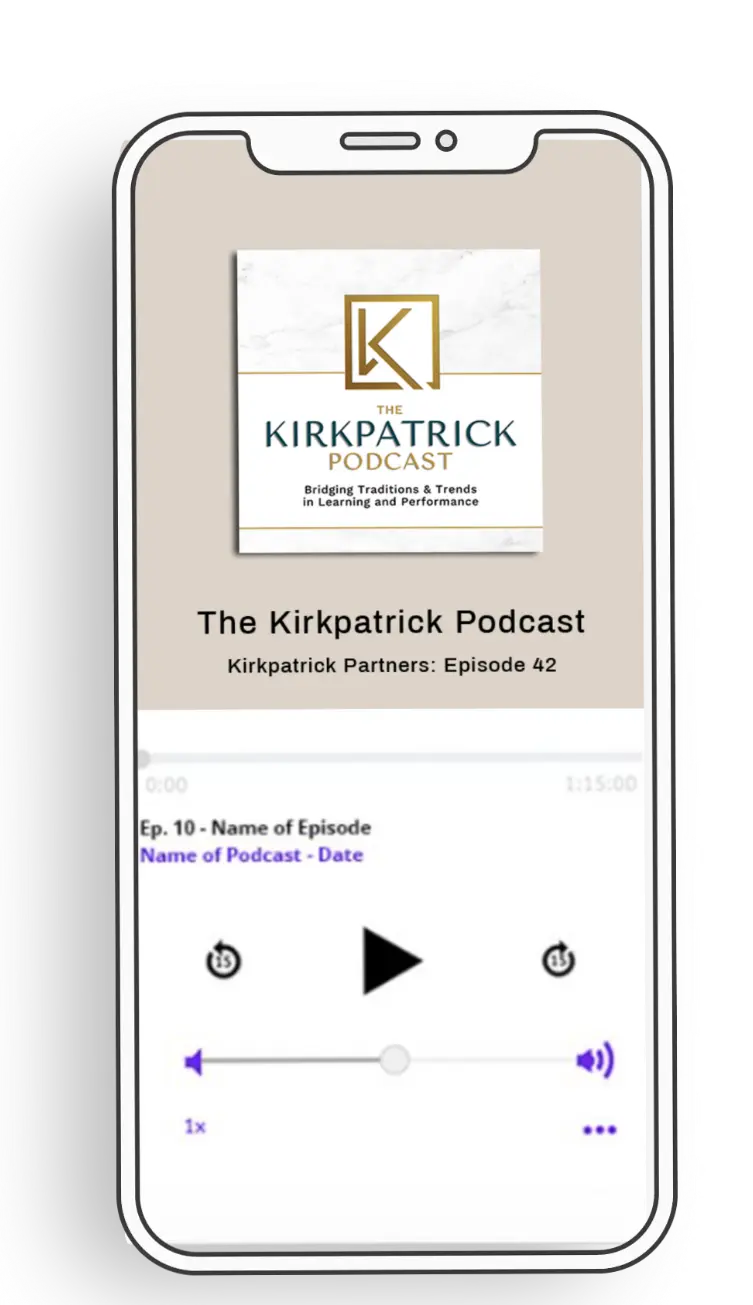What the Navy Can Teach Us About Training Evaluation – Part 1

Military organizations provide many training best practices because they cannot afford to just train people and hope that they perform well in the field. Flawless execution is required every time, or lives could be lost.
The sonar used in Navy submarines is a great example of a military idea that can be applied to training.
Most submarines have no windows, so the people inside cannot readily see what is going on in the water around them. This creates a navigational challenge, as well as the risk of unknown threats nearby.
In very basic terms, sonar, short for Sound Navigation and Ranging, is used to “see” what is going on outside of the sub. It uses sound propagation to navigate, communicate with and detect objects on or under the surface of the water, such as other vessels. Submarines can employ passive sonar that “listens” for sounds made by nearby vessels or objects, and active sonar that emits sound pulses to create an echo off of nearby items.
Sonar provides sailors with the information they need to make good navigational and military decisions. Read on to learn how you can apply the idea of sonar to your formative training evaluation.
Formative evaluation is the collection of data and information during a learning phase. During training, what signals are emitted that would indicate if the training is on track? Here are some questions you can ask yourself:
Are the participants with you and engaged in the learning experience?
Are participants understanding what you are teaching?
Do participants see how they would apply this information on the job?
Do they believe that applying the information will help them to be successful?
After training, what signals are emitted that would indicate that knowledge and skills are being applied on the job, and positive results are occurring?
To what degree is the learning being applied on the job?
What application challenges exist, and are they being resolved?
Is the work environment supporting application of the learning?
Are training graduates seeing positive indicators that applying their learning is
benefiting them, their department and the organization?
Are key indicators of success moving in a positive direction?
Are stakeholders pleased with the progress the initiative is making?
Stay tuned in coming weeks for specific methods of passive and active training sonar that you can apply in your work.
Don’t Miss a Feature
Sign up to receive free resources now and additional free content in our occasional e-newsletter.
Additional Resources:
Kirkpatrick Four Levels® Evaluation Certification Program





